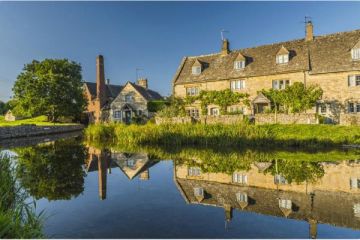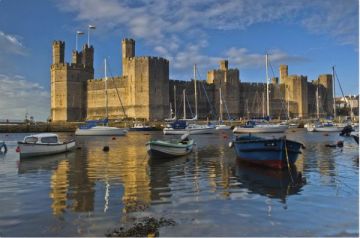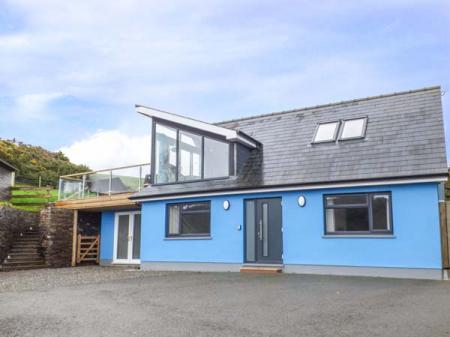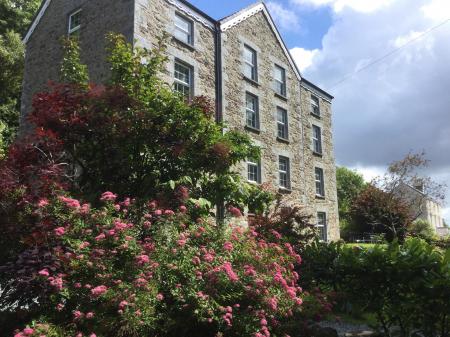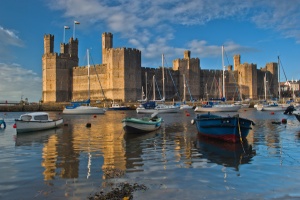
Whether you spell it Caernarvon, as the English do, or Caernarfon, in proper Welsh fashion, this northern seaport town on the edge of the Menai Straight repays a visit many times over. The chief attraction is the magnificent medieval castle, built by Edward I as part of his conquest of Wales in the late 13th century. Edward defeated the Welsh prince Llewelyn the Last in 1283, and promptly began the castle to maintain his hold over the unruly northern Welsh.
But more than just a castle; at Caernarfon Edward created an entire town, extending the castle walls to take in the whole settlement. It was just as well, for then Edward imported English settlers to populate his new town, and the walls helped separate them from the hostile Welsh natives.
There is a Saturday market in Y Maes, the square before the castle gates, where by tradition Edward presented his new-born son to the Welsh chieftains as the first Prince of Wales, a title held by the male heir to the throne to this day. The future Edward II was born at Caernarfon, and the story goes that his father tricked the assembled Welsh chieftains into accepting him as their new prince.
Some seven centuries later Caernarfon was the scene of the investiture of Prince Charles as Prince of Wales. There are wonderful views from the castle walls, and in the Queen's Tower you can see the museum of the Royal Welsh Fusiliers, the oldest Welsh infantry regiment.
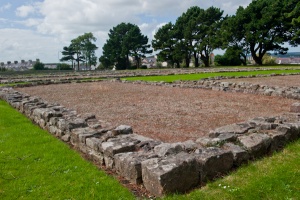
You can also visit the excavated remains of Segontium, a Roman military fort dating to about 78 AD. There is a museum at the site with artefacts from the site. There is also a Maritime Museum at the harbour.
The core of Caernarfon retains much of its medieval heritage, thanks, no doubt, to Edward I - the shopping streets still follow the me andering curve of his castle walls.
What to see:
Caernarfon Castle
Segontium Roman Fort and Museum
Maritime Museum
Royal Fusiliers Museum

